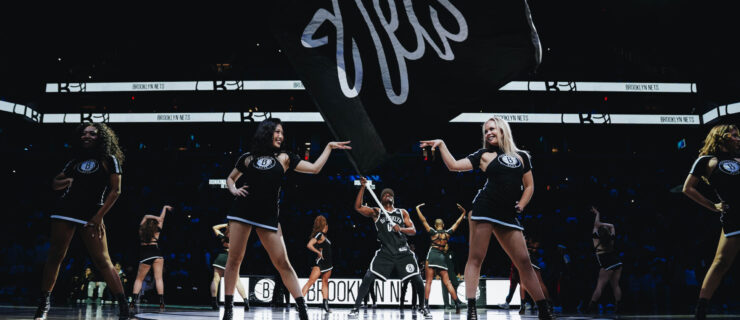Focus on Freelance: Making a Reel
There are plenty of occasions on which a dancer may be asked to submit a reel. Whether your dream job is being cast across the country, a summer intensive is trying to quickly narrow down its pool of applicants, or you’re going after a spot in a commercial that’s shooting in a matter of days, an in-person audition probably won’t be feasible. It’s worth having your reel ready to go before such a situation arises.
A reel is a short video featuring a collection of samples of a performer’s past work. The video is compiled to showcase the performer’s experience and skills and, depending on the circumstances, it may be used in lieu of an audition. A reel can include excerpts from stage shows, on-camera gigs, recitals, or even home videos. There is a lot of room for creativity, but the goal should always be the same: to display your talent and to entice someone to hire you. To create your reel, you can hire a professional, or you can create your own on your computer with video editing software.
A good professional will walk you through the steps required for making a great reel, but if you prefer to try making your own, here are some general guidelines:
- Keep your reel between one and three minutes long. Each clip should be relatively short (typically under 10 seconds) so you’ll have time to include a variety of styles. Most dancers try to showcase as many styles as possible, but if, for example, Irish step dancing is your first and only love, there is nothing wrong with showing exclusively that genre. Just be sure to include soft shoe and hard shoe, group and solo. Strive to be diverse even within a single genre.
- As a general rule, highlight your proud moments and hide the rest. Make sure your technique is flawless in every clip that you choose to include, and cut out any segments with mistakes. If you’re working with a professional editor, make sure you have final approval over every second of the film to ensure that you’re showing your best work.
- It is important to remember that a reel should not only show what you have done, but what you can do, and most importantly, what you hope to do. So, if your latest recital wasn’t your style and didn’t show your full potential, leave it out. Also, if you are great at the tango but have not yet performed it, find a partner and film your best tango. (When taping, ask your cameraman to hold the camera as still as possible and make sure that you are well lit, with no unwanted objects in the shot.) Finally, if you’re most of your experience involves dancing in The Nutcracker, but you dream of performing on Broadway, utilize that ballet footage to show your refined technique, and be sure to include some more theatrical clips as well—even if it’s just a close-up of you blowing kisses as the Clara puppet.
- Pick one or two great songs to serve as the soundtrack for the entire video. It will be too distracting if the song changes with each clip, so mute your original footage before layering your chosen song(s) over it. If you are submitting for multiple things, pick something versatile. For commercial work, look for catchy, upbeat and non-controversial (no curses!) music. The song can be quirky or smooth to reflect your style, but avoid anything that will be outdated quickly. For company work, you can go with more artistic or instrumental tracks. Check that all footage flows nicely with the music before making a final decision.
- Remember that most of the people viewing your video will be strangers, so make sure they can tell which dancer they should be watching in each clip. Use editing tools to spotlight yourself or darken your surroundings so you’ll stand out when you’re performing with other dancers.
- Use large ensemble numbers sparingly. It’s only appropriate to include clips where you’re not immediately recognizable in cases where the steps are particularly impressive, or if you were working in a notable location or performing alongside a celebrity.
- At the end of your reel, add your name, a contact number and an email address so that the viewer will be able to get in touch with you immediately, without having to dig up your resume.
- Once you’ve completed your reel, burn a few copies to DVDs so you’ll have them handy to send to casting directors when they request them. You should also post your reel online: try video-sharing sites like dancemedia.com, social networking sites like facebook.com, and even your personal website.
- Update when your reel when you get worthy new footage, or when you feel it no longer reflects your goals and capabilities. Personally, I try to refresh my reel every six months or so.
- Enjoy the process of creating a reel, and let your personality shine through. Tweak and edit the video until you see yourself as you want to be seen. Remember that you can always make changes, and as long as you’re dancing, your reel will always be a work-in-progress.
Hiring a Pro
Have you decided to hire a professional video editor to create your reel? If so, ask to see recent samples of their work and be sure to ask the following questions before committing:
- What services does their price include?
- Are they able to speed up, slow down, zoom in, crop, and add spotlights or captions?
- Will they help you to adjust poor lighting and add a soundtrack?
- Can they convert VHS to DVD and pull footage off of the Internet? (When using footage of yourself from online, first be sure that you are legally able to use it for promotional purposes.)
- How much will it cost when you want to update your reel?



